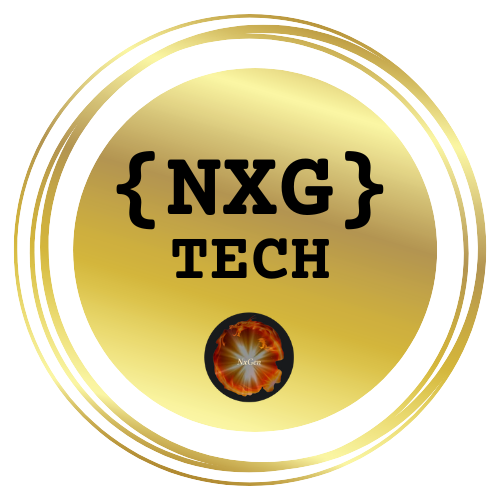
DOGE’s Software License Findings: More Than Meets the Eye
This week, Elon Musk's Department of Government Efficiency (DOGE) made headlines by alleging that the General Services Administration (GSA) holds a staggering 37,000 licenses for the file compression tool WinZip, despite having only about 13,000 employees. This claim was made as part of a broader initiative by DOGE to expose wasteful spending in the federal government.
However, experts are now questioning the validity of these allegations. Liz Lezius, a spokesperson for Alludo, the company behind WinZip, clarified that licenses correspond to the number of devices the software is installed on, which can greatly exceed the number of employees. This disparity is not unusual, according to industry norms. Ryan Triplette, from the Coalition for Fair Software Licensing, echoed this, explaining that agencies sometimes bundle software licenses for better pricing, resulting in more licenses than actual employees.
Understanding Unused Software Licenses: A Closer Look
Many government agencies opt to purchase software licenses in bulk, anticipating future staff increases. This practice often leads to seemingly inflated license counts compared to the actual number of users. A former federal official commented, “Each agency configures its software needs uniquely, and this complexity can result in seemingly excessive licensing.”
Additionally, it is critical to note that long-term contracts with software vendors are a common practice meant to solidify discount rates, further adding layers to the licensing situation. Much of DOGE’s review appears to miss these nuances, opting instead for a superficial examination that lacks comprehensive insight.
DOGE’s Impact: A Double-Edged Sword?
Though the GSA reported eliminating over 114,000 unused software licenses, saving an impressive $9.6 million, the question remains: is the approach of Musk's DOGE a correct method for addressing federal inefficiencies? Critics argue that while vigilance against waste is essential, a knee-jerk reaction devoid of context could lead to more significant issues down the line. Some also emphasize the need for engaging with existing legislative frameworks, such as the Strengthening Agency Management and Oversight of Software Assets Act (SAMOSA), which was designed to tackle these very licensing issues in a structured manner.
Trial and error should not dictate a major restructuring of important government functions. In their fervor to eradicate perceived waste, organizations must ensure they embrace informed decisions rather than impulsiveness.
Conclusion: One Small Step or a Misguided Leap?
The actions initiated by DOGE could lead to significant financial efficiencies within government software usage if approached judiciously. While there are valid concerns about waste, they must be contextualized within comprehensive evaluations of software licensing practices. As federal agencies navigate their software tools and costs, a balanced strategy that incorporates expert oversight and stakeholder engagement will be crucial in achieving genuine efficiency.
 Add Row
Add Row  Add
Add 




Write A Comment